





Флюколдекс
Application instruction:
Флюколдекс – multicomponent medicine for a symptomatic treatment of catarrhal and infectious diseases. Reviews of Flyukoldeksa 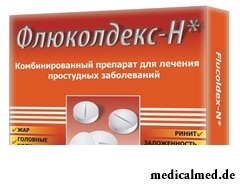 confirm high medical performance and speed of a medicine.
confirm high medical performance and speed of a medicine.
Drugs to Terafl, Ekstratab, Ferveks, Efferalgan with vitamin C, Kaffetin of SK, Grippostad With - Flyukoldeks's analogs.
Form of release and Flyukoldeks's list
Флюколдекс it is made in the form of tablets, and also in the form of suspension.
Paracetamol (500 mg), caffeine anhydrous (30 mg), a fenilpropanolamina a hydrochloride (25 mg), хлорфенираминамалеат (2 mg), and also additional components is a part of each tablet of Flyukoldeks: Natrium benzoicum, starch, gelatin, magnesium stearate, talc, polyvinylpirrolidone, sorbitol, sodium krakhmalglikolit, dye sanst yellow.
5 ml of suspension of Flyukoldeks contain 125 mg of paracetamol and 2 mg of chlorphenaminum of a maleate.
Pharmacological action
Флюколдекс – the combined medicine. Flyukoldeksaparatsetamol who is a part has febrifugal and analgeziruyushchy effect. Paracetamol influences the centers of thermal control and pain, blocking TsOG only in the central nervous system. Hlorfenaminamaleat possesses antipruritic, antimuskarinovy, spasmolytic, antiedematous, antiexudative antiallergic action (blocks histamine H1 receptors). Besides, хлорфенаминамалеат has overwhelming effect on TsNS, promotes reduction of permeability of capillaries.
Caffeine has the expressed promoting effect on a cerebral cortex, the vasomotor and respiratory centers that is shown in increase in force and increase in ChSS, arterial pressure at hypotension. Effect of this substance promotes increase in intellectual and physical working capacity, reduction of feeling of fatigue and drowsiness. Caffeine weakens action of components, the oppressing TsNS.
Indications to Flyukoldeks's use
Indications to Flyukoldeks's use according to the instruction following:
- feverish syndrome (infectious and catarrhal diseases);
- pain syndrome (migraine, arthralgia, neuralgia, mialgiya, head and dentagra);
- rhinorrhea (allergic rhinitis, acute rhinitis);
- sinusitis.
Contraindications
- hypersensitivity to any component of Flyukoldeks;
- children's age up to six years;
- deficit glyukozo-6-fosfatdegidrogenazy;
- renal and/or liver failure;
- lactation period;
- pregnancy;
- thyrotoxicosis;
- heart failure (chronic form);
- diabetes mellitus;
- blood diseases;
- arterial hypertension;
- analgetic nephropathy;
- prostate hyperplasia;
- pheochromocytoma.
Флюколдекс it is necessary to apply with care at an inborn hyperbilirubinemia (Gilbert's syndromes, the Rotor and the Cudgel Johnson), alcoholism, closed-angle glaucoma, a prostate hyperplasia, at advanced age.
The instruction to use
According to the instruction of Flyukoldeks in the form of suspension it is necessary to apply in the following standard doses:
- children are 3-5 years old – on 5 ml twice a day;
- to children at the age of 6-10 years – on 5 ml three-four times a day;
- to children of 10-15 years – on 10 ml three times a day;
- to adults and teenagers since 16 years – on 10 ml of suspension from four to six times a day.
Course of treatment – five days.
Флюколдекс in tablets 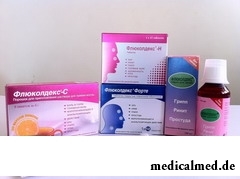 adults are recommended to apply two-three times a day (on one tablet).
adults are recommended to apply two-three times a day (on one tablet).
Judging by reviews of Flyukoldeksa, drug is in most cases transferred well. However the following side effects are possible: deterioration in appetite, dizziness, dryness of mucous membranes, increase in the ABP, stimulation TsNS, vomiting, irritation of a GIT, allergic reactions, epigastric pain, hemolitic disturbances, ischuria.
Some reviews of Flyukoldeksa demonstrate that at prolonged use the medicine has a hepatotoxic action. Besides, prolonged use of Flyukoldeks in high doses can lead to development of a glucosuria, intersticial nephrite, a papillary necrosis.
Medicinal interaction
- prolonged combined use of Flyukoldeks and barbiturates promotes decrease in efficiency of paracetamol;
- paracetamol reduces effect of uricosuric medicines and raises an effektinost of indirect anticoagulants;
- long simultaneous use of paracetamol and other NPVS increases risk of development of a renal papillary necrosis and "analgetic" nephropathy;
- Diflunisal increases concentration of paracetamol in a blood plasma for 50% (risk of development of a hepatotoxic);
- myelotoxic drugs strengthen manifestations of a hepatotoxic of Flyukoldeks;
- joint long use in treatment of salicylates and paracetamol in high doses increases risk of development of cancer of bladder.
When lovers kiss, each of them loses 6,4 calories a minute, but at the same time they exchange nearly 300 species of various bacteria.
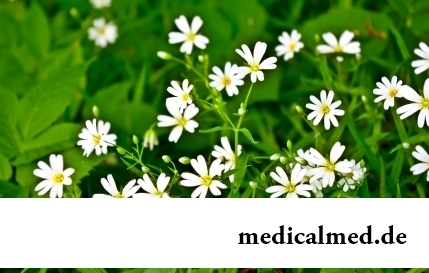
Wood louse – the ordinary-looking unpretentious plant extended in all territory of our country. It quickly expands, and sometimes for...
Section: Articles about health
Life of the modern woman is very difficult. Opportunities to realize itself are wide: it not only education and career, but also the most various hobbies from sport before needlework. It is not less important to build private life, paying an attention maximum to children, the husband, parents, e...
Section: Articles about health
Life expectancy in various regions of Earth is not identical. Social stability, economic wellbeing, availability and level of medical care, household comfort, literacy of the population in the field of respect for sanitary and hygienic norms and many other factors exert impact on it. However one parameter remains to the general almost for all countries of the world: women on average live for 7-10 years longer, than men. Today we will talk about the reasons of this phenomenon....
Section: Articles about health
Since the moment when the child becomes a school student, his sight begins to be exposed to the strengthened loadings which are supplemented viewing...
Section: Articles about health
Smack in a mouth can arise in the natural way – as a result of lack of morning hygiene or reception of the corresponding food. However in certain cases its existence is a sign of certain pathologies, and allows to reveal an illness at an early stage. In we depend...
Section: Articles about health
Turnip, radish, horse-radish – once these and other products enjoyed wide popularity at our ancestors, being not only the food sating an organism but also the medicines curing of many diseases. Unfortunately, the use of some of them got out of fashion long ago, and once favourite plants and vegetables almost ceased to make a contribution to human health. Inclusion of such products in a modern diet − an effective measure of prevention and treatment of diseases which seldom suffered...
Section: Articles about health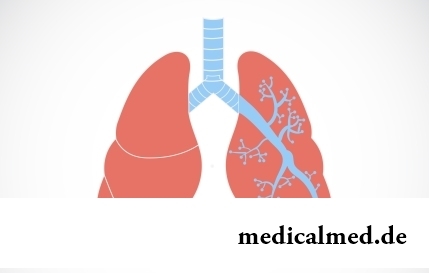
They say that to ensure health and longevity of people it is obliged. Really, at competent approach to these questions, we will pass...
Section: Articles about health
Scientists always aimed to offer fundamental explanations for medical problems. Their theories formed the basis of modern methods of treatment of the hardest pathologies and helped to save a set of lives. However stories are known also such theoretical constructions, following to...
Section: Articles about health
Stability of a hormonal background is one of the most important conditions of preservation of health of the woman. At the same time endocrine system – the thin device extremely sensitive to any external influences. Changes of a way of life (for example, a diet), emotional stresses, infectious diseases, reception of some drugs can become the reason of hormonal failure. Besides, work of hemadens has the natural specifics in certain moments of life: on various St...
Section: Articles about health
On the head of the person about one million hair follicles, or as they are called still, hair bulbs are located. At the moment he is born...
Section: Articles about health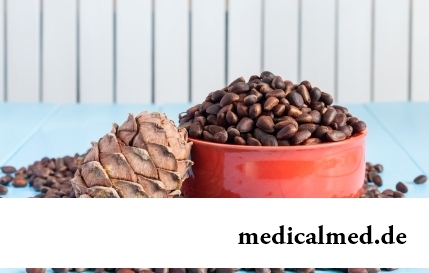
The hysteromyoma is diagnosed more than at a third of women 35 years are more senior. This high-quality new growth which at early stages successfully resolves by means of medicines. It is necessary to resort to an operative measure only in those a case...
Section: Articles about health
Herpes simplex of the first type (the infectious disease which is shown periodic bubble rashes on lips is called) – one of the most widespread illnesses. Statistically, only 5% of inhabitants of our planet are unreceptive to its activator, and the reasons of this feature are still not found out. Other people are virus carriers....
Section: Articles about health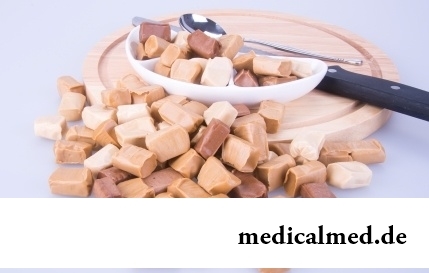
Food with the increased content of sugar is attractive to most of people - it is scientifically confirmed fact. Business here not in a nevozder...
Section: Articles about health
Energy saving lamps are one of the most popular products of innovative technologies, and there is no wonder: they much more economic also are more long-lasting than usual filament lamps. At the same time there are fears that energy saving bulbs can become the reasons...
Section: Articles about health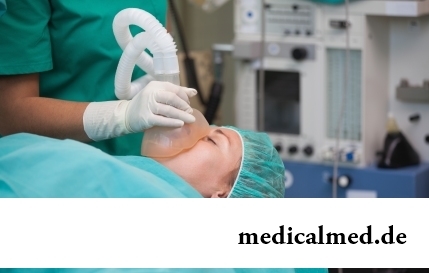
History of use of an anesthesia during operations contains more than 160 years. Annually in the world hundreds of thousands of surgical interventions during which to patients the substances immersing them in a dream and saving from pain are entered are carried out. Using an anesthesia many myths and delusions are still connected. It is worth getting acquainted with the most widespread of them....
Section: Articles about health
Scientists have no unambiguous opinion on a proximate cause of emergence of a carcinoma cutaneum today. Are precisely established only фа...
Section: Articles about health
Many parents of children at the age of 2-4 years face excessively whimsical behavior of the child. The kid exhausts constant crying and whims not only the parents, but also himself. In what the reasons of children's whims. And how to fight with them?...
Section: Slideshow
Coffee - the tonic loved by many for the invigorating aroma and deep taste. Having the stimulating effect, coffee increases working capacity, promotes concentration of attention, fights against drowsiness and improves mood. Statistically, about 30% of inhabitants of the planet regularly use coffee, from them more than 8% are "coffee-achievers" - the persons using more than 3 cups of drink a day....
Section: Articles about health
The trophic ulcer is not an independent disease. This heavy complication arising owing to a thermal injury (a burn...
Section: Articles about health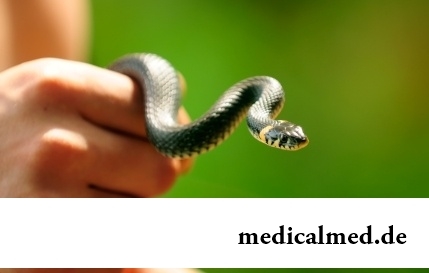
Health and attractiveness - eternal values, pursuing which people often use the most unusual ingredients and technicians. Let's consider 11 most exotic and sometimes not most pleasant Spa procedures to which the person in a pursuit for beauty agrees...
Section: Articles about health
You heard that laughter prolongs life? Researchers did not manage to establish longevity direct link with sincere fun yet, but several facts confirming beneficial influence of risibility on the state of health are clinically proved....
Section: Articles about health
Within several decades of our compatriots convinced that the use of butter nasty affects on...
Section: Articles about health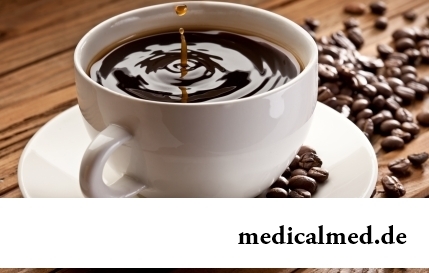
Coffee – favourite drink of many. For the last decades it more than once already declared very harmful, extremely useful and even necessary for normal life activity. In spite of the fact that this product became for us usual for a long time, exists much...
Section: Articles about health
Osteoporosis this general disease which main sign is decrease in density of a bone tissue. On distribution width it takes the fourth place among noninfectious diseases. The illness develops at mature age more often: in our country about a third of women and a quarter of men suffers from it 50 years are more senior....
Section: Articles about health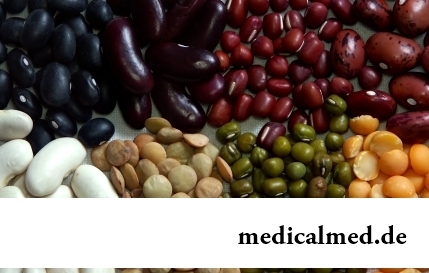
Ability of an organism to resist to adverse environmental factors (to impact of temperature drops, humidity and pressure...
Section: Articles about health
It is known that the person for 80% consists of water which participates in all processes of an organism. The person loses liquid daily – as a result of sweating, breath, an urination, and its insufficient completion due to various reasons can bring to обезвожив...
Section: Articles about health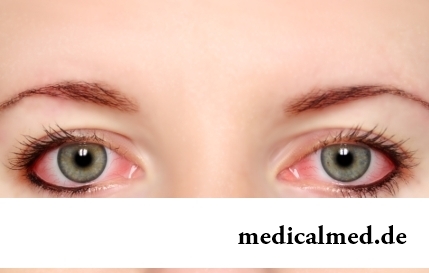
The sclera and mucous membrane of an eye are intensively supplied with blood vessels which problem - to saturate nervous tissues of body with nutrients and oxygen. In a normality vessels are almost not noticeable, however at their expansion (owing to thinning of walls) become visible, painting a sclera in red color. Quite often red eyes - the signal of any trouble in an organism caused as external irritants, allergens, and diseases which need in about...
Section: Articles about health
